You may be aware of the headaches that Japanese knotweed (Fallopia japonica) can cause for homeowners unlucky enough to find it growing on their property. This pesky plant is notoriously hard to get rid of, and you can find yourself on the wrong side of the law if you help it to spread into the wild.
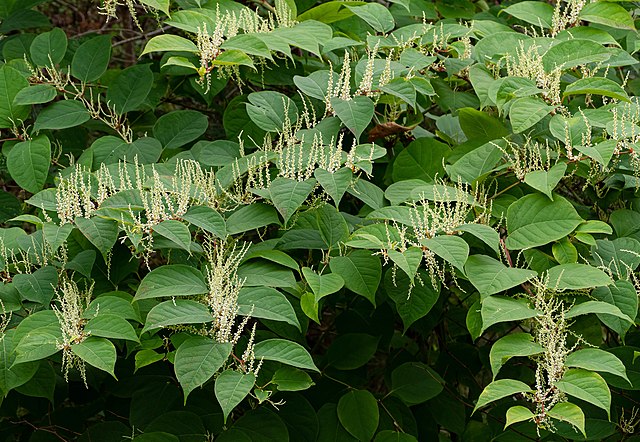
Image Source: Wikimedia Commons
But even if you already knew all that, the true scale of the UK's Japanese knotweed problem may stun you. This isn't a niche issue that only affects a handful of unfortunate landowners - according to a recent study led by Dr Ross Cuthbert of Queen's University Belfast, Japanese knotweed costs the UK economy a whopping £41 million every year. And that's a conservative estimate.
More...
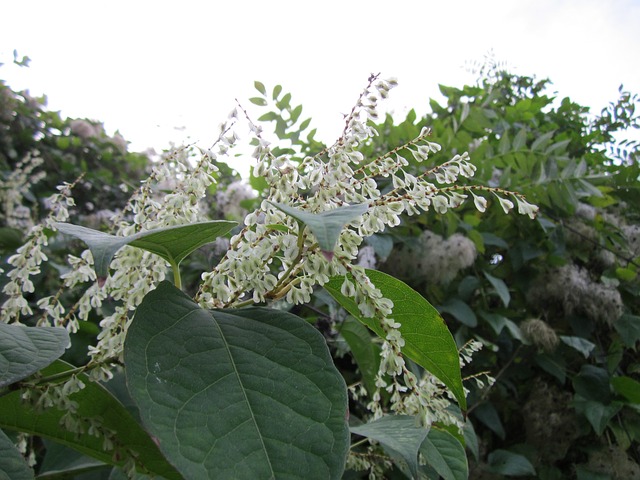
Finding Japanese knotweed on your property can be alarming, especially if you've read those scary news articles about how much damage this invasive plant can cause and the amount it can knock off the value of your home.
More...
When it comes to identifying Japanese knotweed, it really is important that you get it right! Being able to spot Japanese knotweed and seek help as soon as possible, can help prevent further problems and complications further down the line. While someone with a trained eye might be able to spot Japanese knotweed with no problems, identifying Japanese knotweed is not so easy for everyone.
One reason that Japanese knotweed is hard to identify, is because there are so many plants that look like it! Today we're going to take a look at one of the plants that's commonly mistaken for Japanese knotweed... Bindweed. So, if you want to know what the difference between bindweed and Japanese knotweed is, just keep reading.
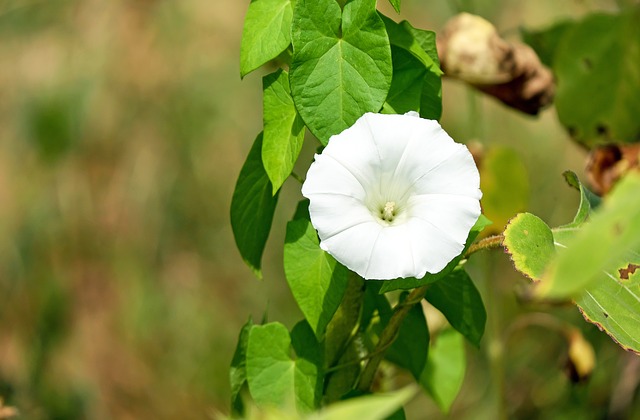
What does bindweed look like?
Much like Japanese knotweed, bindweed has large, heart-shaped leaves - which is the main reason why these two plants often get mixed up. Bindweed (shown above) has a tendency to climb and has strong stems. One of the most notable features of bindweed is its large white trumpet flowers, which we're sure you've seen before in hedgerows or even in your own garden.
More...
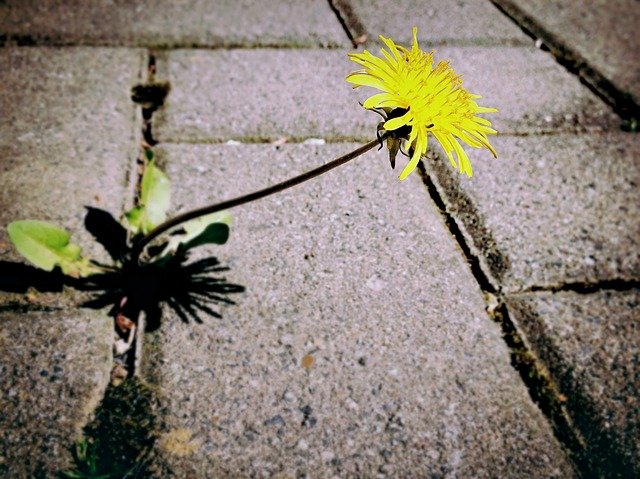
When you've spent a lot of money having a stylish patio installed in your garden, the last thing you want is for it to be spoiled by weeds. Sadly, weeds have a way of appearing in the strangest of places & can often be found in the gaps between paving tiles.
When a seed is deposited in the space between your tiles, these warm, wet conditions can cause the seeds to germinate. Once you've got weeds growing between your paving slabs, it can be quite difficult to get rid of them. We're going to talk you through a few different solutions so you can learn how to stop weeds growing between paving slabs.
More...
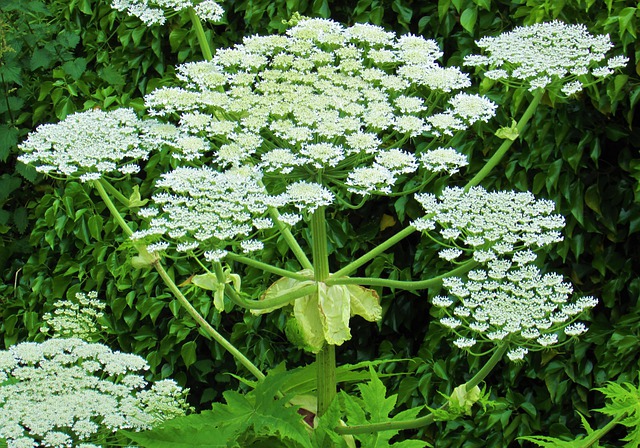
There are many benefits to a garden that's teeming with plant life. Not only can a beautiful garden make your property more appealing to buyers, some research suggests that tending plants is great for your mental health, plus your local bees will certainly appreciate all those flowers.
But there are some plants that no gardener wants to find in their flowerbeds. Certain species are renowned for their uncontrollable growing rate, or for the damage they're capable of causing. Some plants - such as Japanese knotweed - can even lead to legal trouble if you allow them to spread.
Come with us as we examine five problematic plants that you definitely don't want anywhere near your garden...
More...
